When I started with my own SmartHome, one of my first projects was my own small weather station (Small insight here: https://hackaday.io/project/185640-solarsens-3d-printable-solar-weatherstation) to monitor weather data.
Sensing the temperature, air pressure, air humidity and co was relatively easy. For example, with the BME280 you can record all values with just one sensor.
One problem that I couldn't solve until the end is how to record data about the wind, i.e. wind speed and direction. Of course, you can buy matching sensors. However, I always found them too expensive or big. If you wanted to use a compact sensor without taking up a lot of space, you almost always had to dig deep into your pocket.
That's why the decision to build my own compact wind sensor had long been made for me, but so far I haven't gotten to it.
For the construction of WinDIY_2 (https://hackaday.io/project/184849-windiy2-horizontal-axis-wind-turbine) I was faced with the problem again that I needed a cheap and compact wind sensor. That's why I started to develop my own. :)
The Development is mostly finished. I'm working on an improved MCU PCB right now but the current state is already usable. You can find all the files and detailed build description on my blog: https://nerdiy.de/en/howto-anemosens-ein-3d-gedruckten-windsensor-anemometer-aufbauen/
Support:
If you want to support me, you can do so by like on this project page, on Instagram or by donating a coffee. :)
Licenses:
Content that is not based on software/code: Unless otherwise stated, all works presented here that are not based on software/code are subject to the CC BY-NC-SA 4.0 license (attribution – non-commercial – dissemination under the same conditions 4.0 international).
You can find a summary here: https://creativecommons.org/licenses/by-nc-sa/4.0/deed.de
You can find the complete legal text here: https://creativecommons.org/licenses/by-nc-sa/4.0/legalcode.de
Software/code-based works Unless otherwise stated, all software/code-based works presented here are subject to the GNU Affero General Public License v3.0
You can find a summary here: https://tldrlegal.com/license/gnu-affero-general-public-license-v3-(agpl-3.0)#summary
The complete legal text can be found here: https://www.gnu.org/licenses/agpl-3.0.de.html
 Fabian
Fabian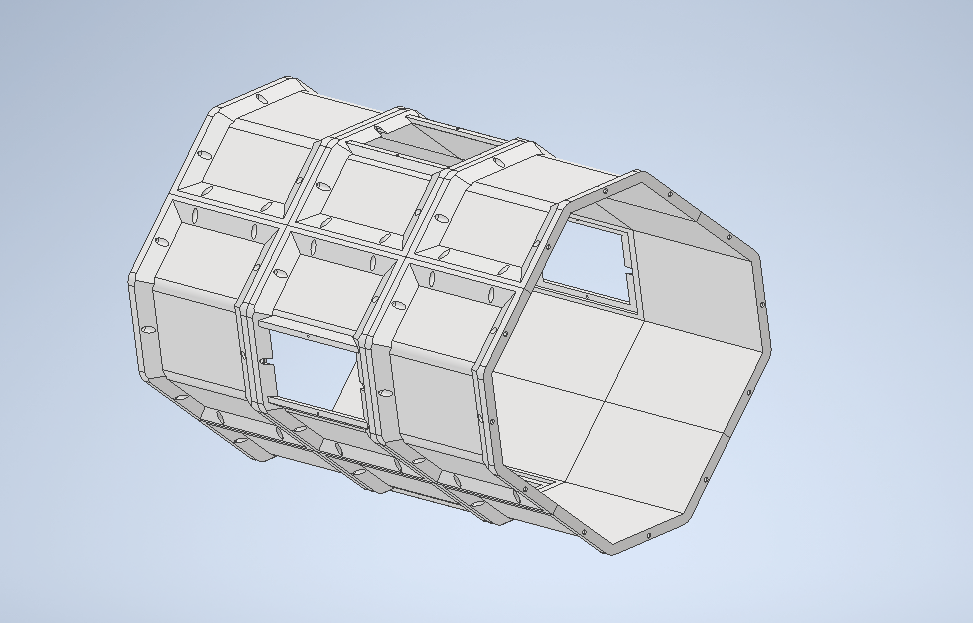

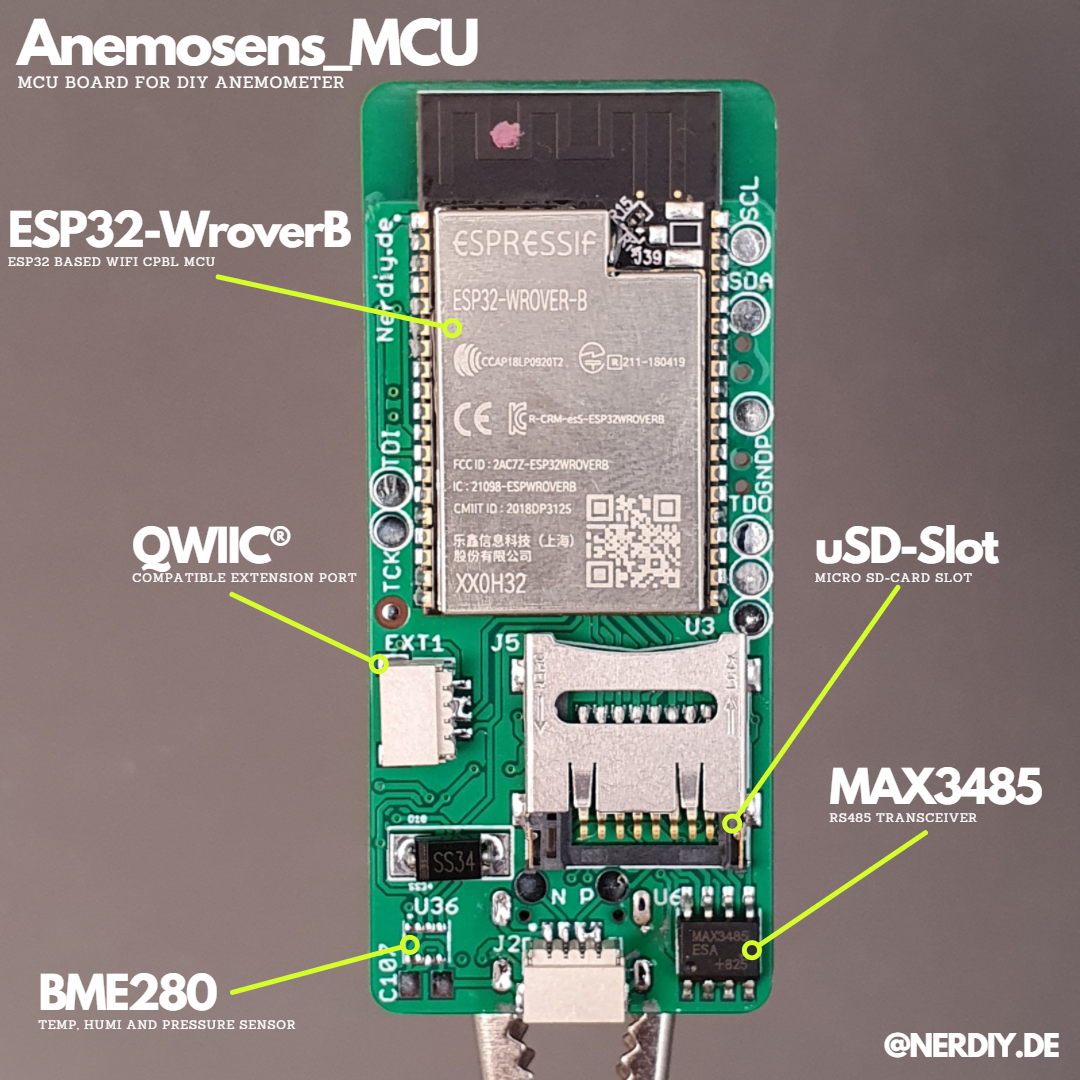
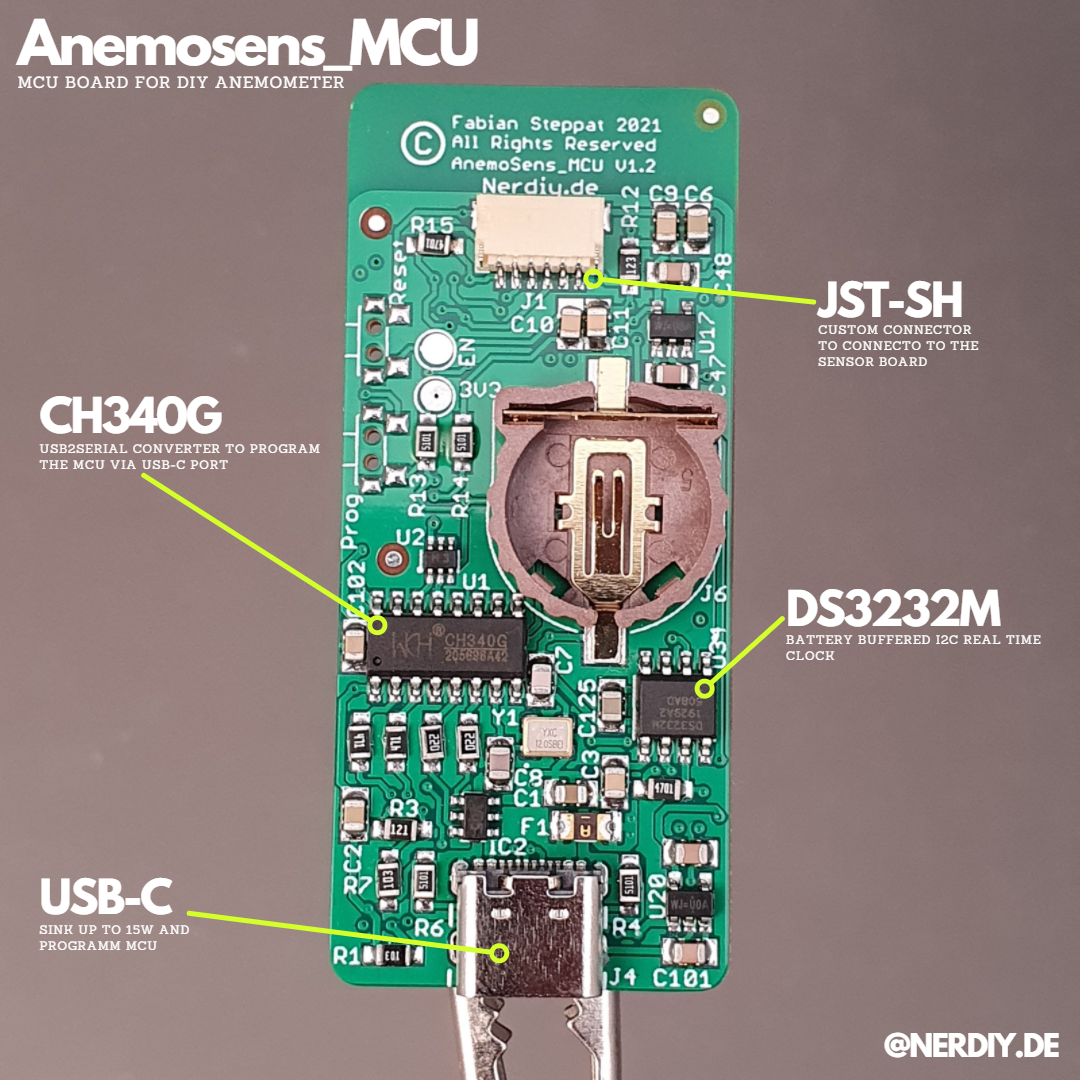


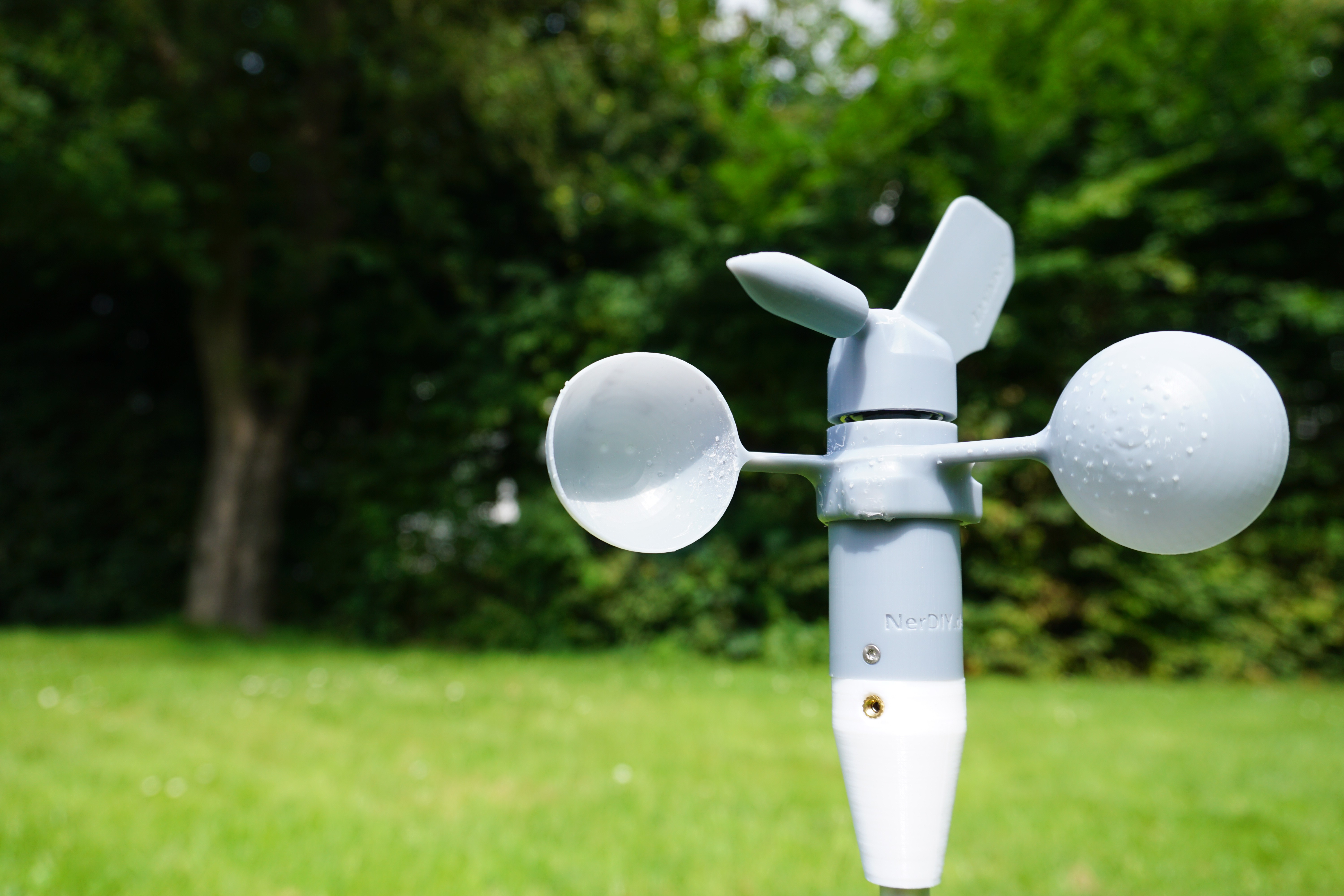
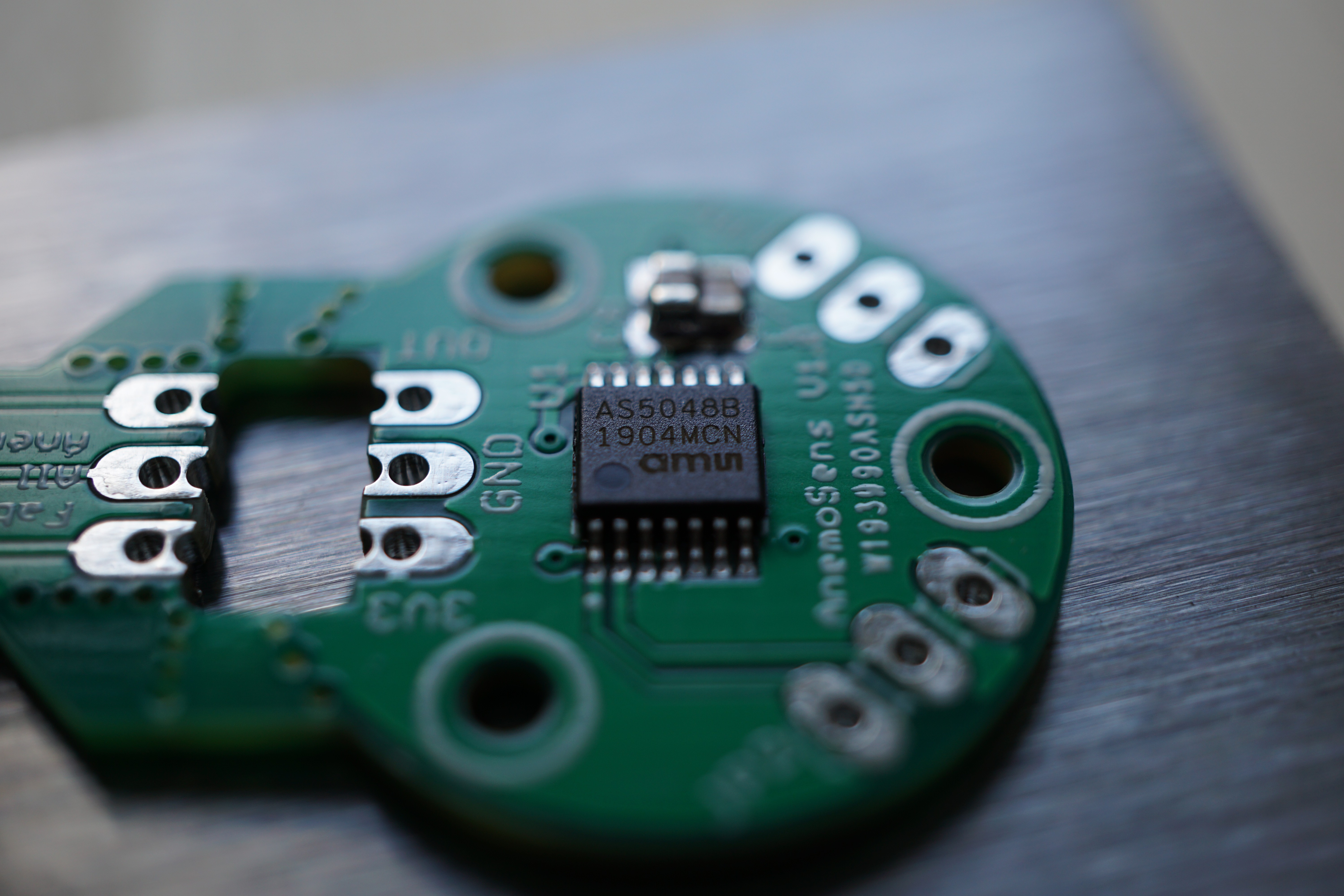

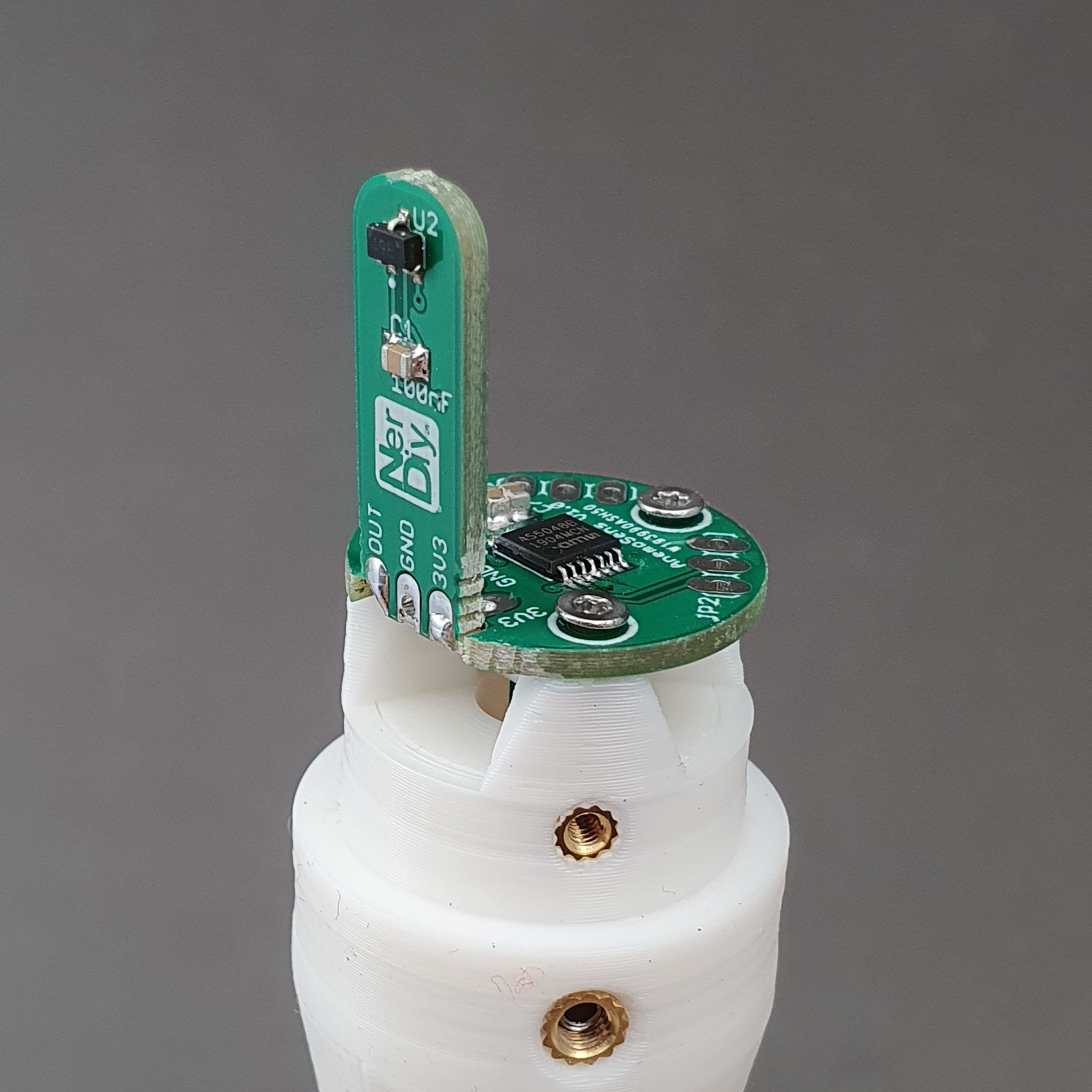
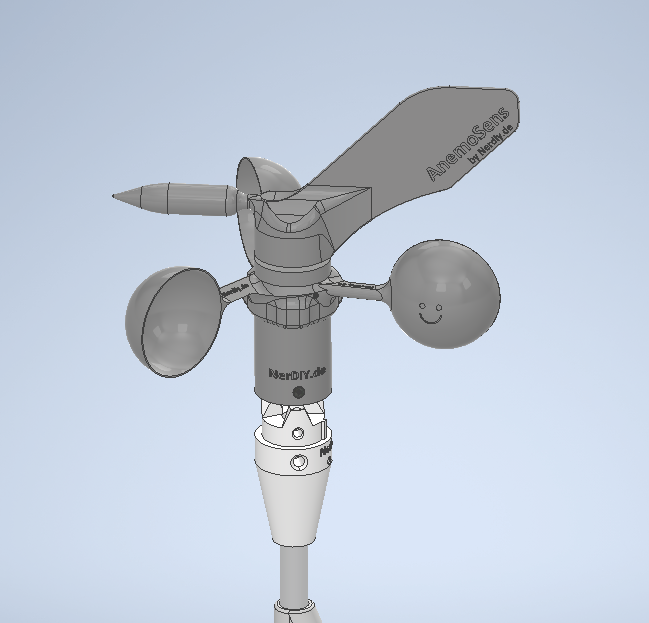

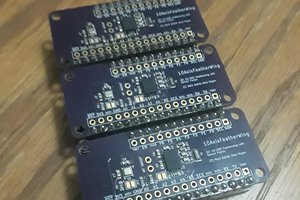

 Jan
Jan
 J
J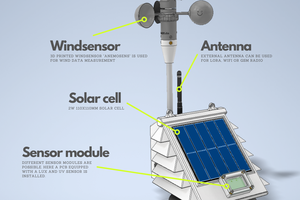
How are you calibrating the anemometer?